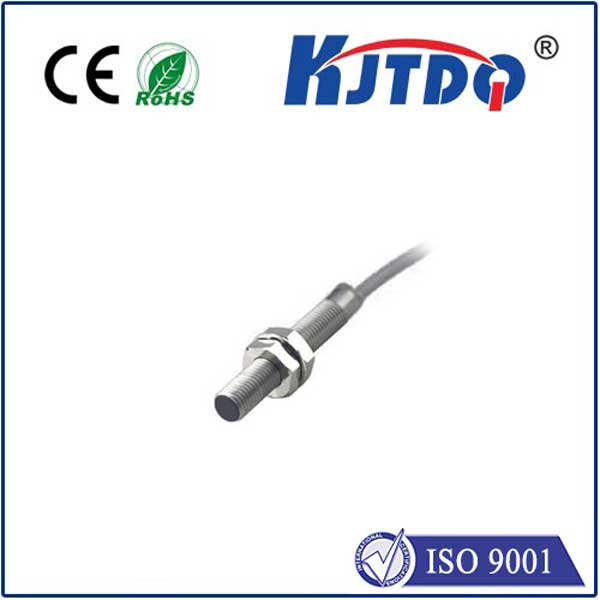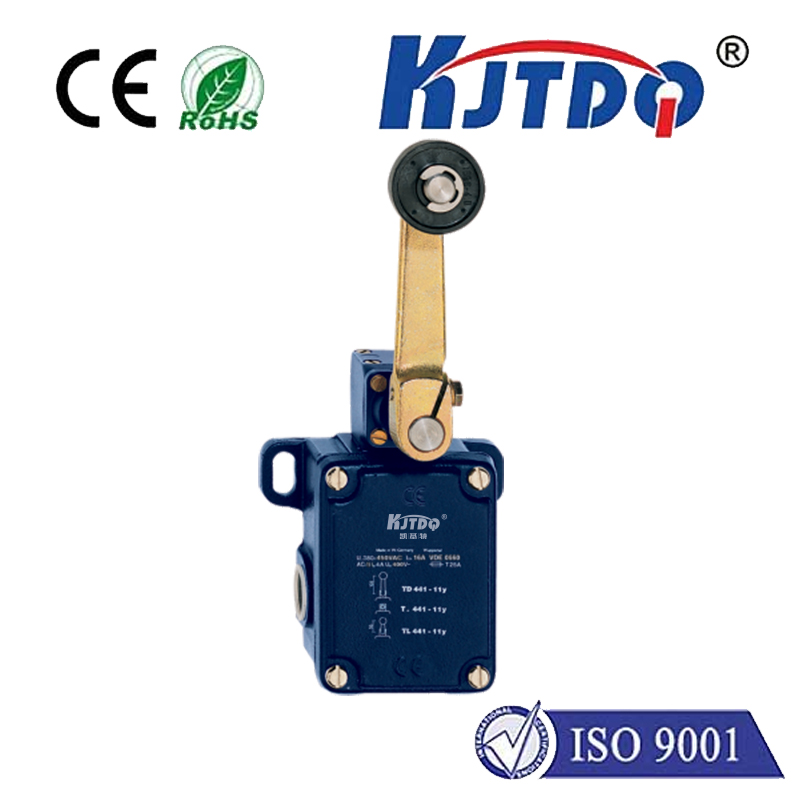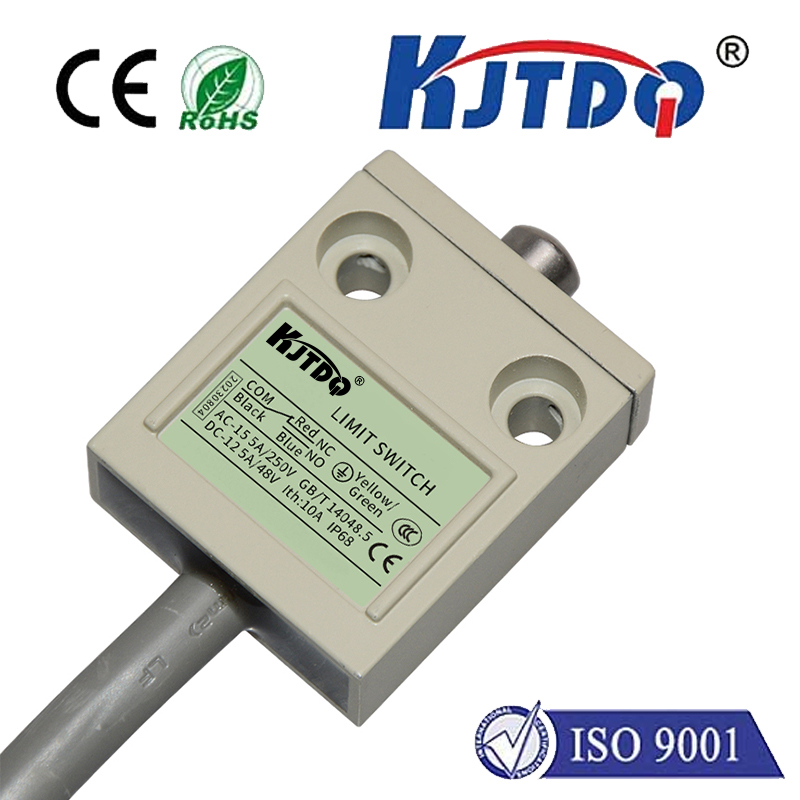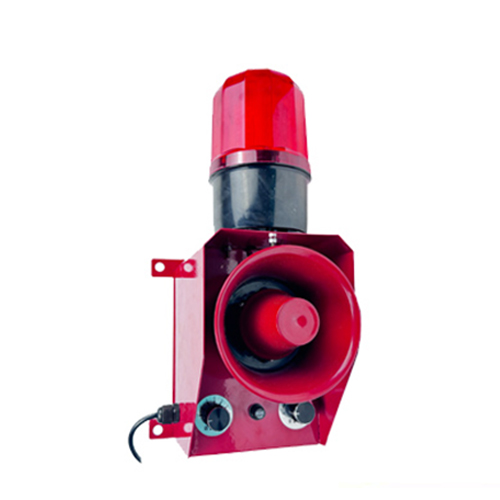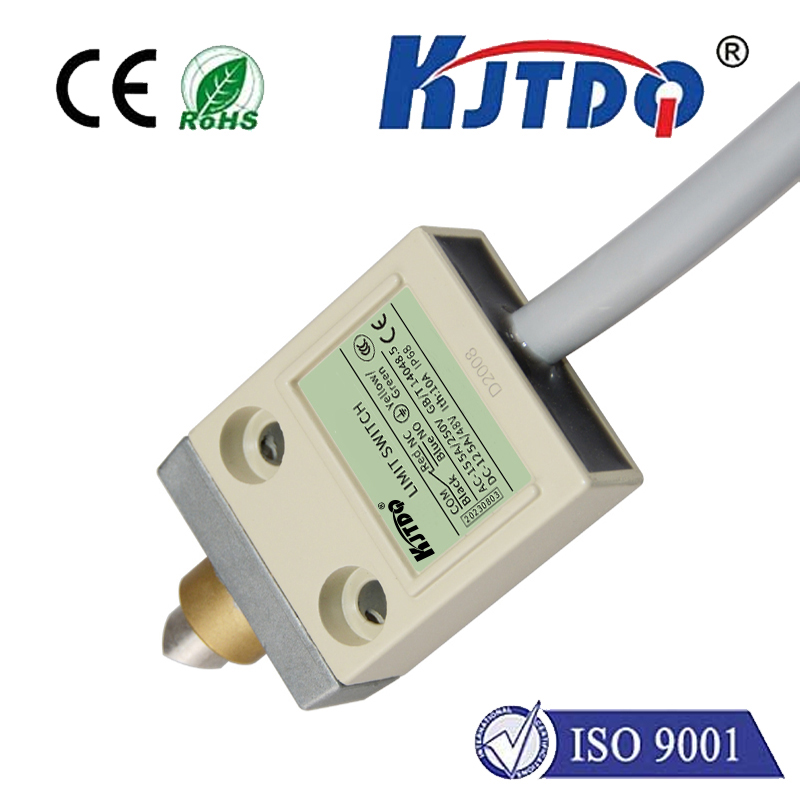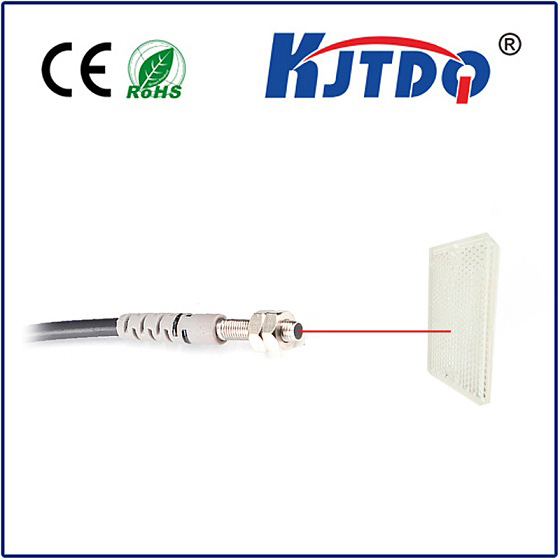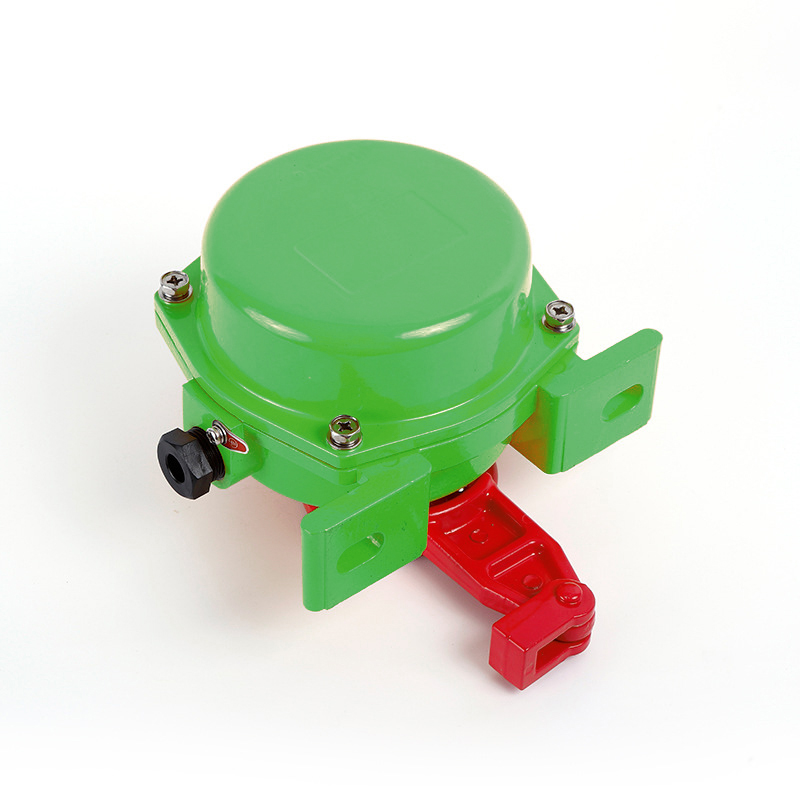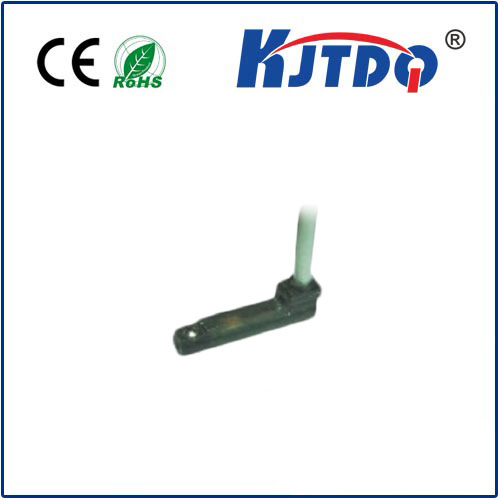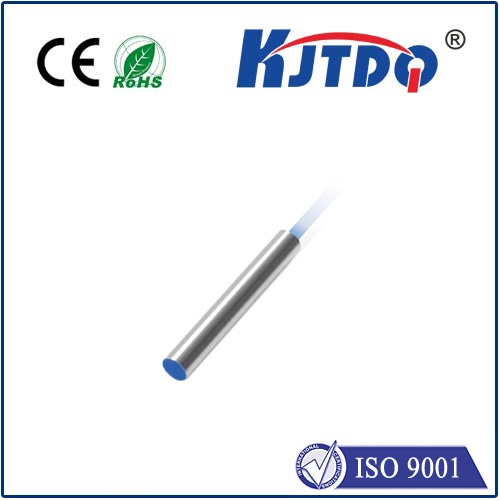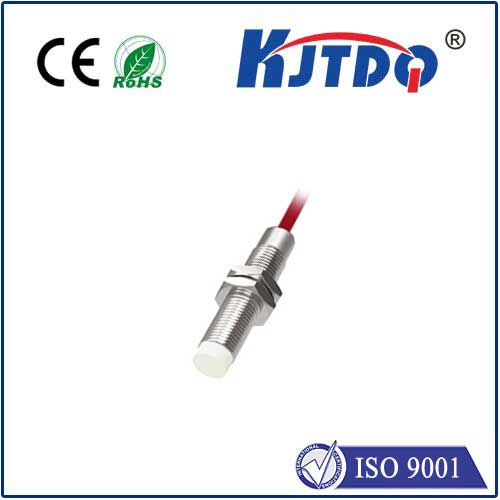BES01M0 high pressure proximity sensor
- time:2025-10-13 17:58:25
- Click:0
BES01M0 High Pressure Proximity Sensor: Uncompromising Detection in Demanding Environments
Imagine a critical hydraulic press in a bustling automotive plant. A misaligned component, undetected, threatens catastrophic failure. Or a high-pressure fluid line in an energy production facility where leakage could spell disaster. In these high-stakes industrial arenas, the precision and reliability of a high pressure proximity sensor aren’t just desirable – they are absolute necessities. This is precisely the domain where specialized components like the BES01M0 excel, delivering robust performance under extreme pressure conditions that would overwhelm standard sensors.
Understanding the Core Need: Proximity Sensing Under Pressure
Proximity sensors are fundamental workhorses in automation. They detect the presence or absence of metallic objects without physical contact, using electromagnetic fields (inductive), ultrasonic waves, capacitive principles, or optical methods. Inductive sensors, like the BES01M0, are particularly favored for their ruggedness and reliability in detecting metallic targets.
However, the word “high pressure” dramatically alters the landscape. Standard proximity sensors operate comfortably at atmospheric pressure. Introduce pressures reaching hundreds, even thousands, of Bar (the unit for pressure, particularly high pressures), and several critical challenges emerge:

- Mechanical Integrity: The sensor housing must withstand immense external force without deformation or breach, preventing pressure ingress that could destroy internal electronics or compromise sealing.
- Sealing Reliability: Robust sealing is paramount. Even microscopic leaks under extreme pressure can lead to sensor failure, fluid contamination (like hydraulic oil), or safety hazards.
- Performance Stability: The sensor’s electrical characteristics and switching points must remain stable despite the intense compressive forces acting on its structure and internal components. Any drift can lead to false signals or missed detections.
- Environmental Resilience: High-pressure applications often co-exist with other harsh conditions: temperature extremes, corrosive fluids, vibrations, and significant electromagnetic interference. The sensor needs built-in resilience.
The BES01M0: Engineered for the Pressure Frontier
The BES01M0 represents a class of inductive proximity sensors explicitly designed to thrive where pressure is king. While detailed specifications should always be verified against the manufacturer’s datasheet, sensors like the BES01M0 typically incorporate these key features for high-pressure performance:
- Exceptional Pressure Rating: The defining characteristic. BES01M0 sensors are often rated for pressures of 500 Bar (approximately 7250 PSI) or higher, making them suitable for demanding hydraulic and pneumatic systems, deep-sea equipment, pressure vessels, and heavy press applications. This ability to function reliably without damage under such loads is their core value proposition.
- High-Grade Housing & Seals: Constructed from durable materials like high-grade stainless steel (e.g., V4A / 316L), these sensors feature advanced hermetic sealing technologies. This prevents any pressure medium from penetrating the sensor chamber, ensuring long-term integrity and reliable operation. Metal-to-metal seals or specialized high-pressure O-rings are commonly employed.
- Stable Inductive Sensing: Utilizing robust inductive technology, the BES01M0 reliably detects the presence of ferrous and non-ferrous metallic targets at its specified sensing range. Crucially, its switching characteristics remain consistent, even when subjected to the sustained compressive stress of high-pressure environments. This stability is critical for maintaining precise control and safety.
- Environmental Protection: High-pressure sensors don’t exist in isolation. BES01M0 types frequently boast high ingress protection ratings (e.g., IP67, IP69K), safeguarding against dust and water jets or immersion. They are also designed to handle wide temperature ranges and resist vibration and shock common in industrial settings. Electromagnetic compatibility (EMC) is another key consideration, ensuring reliable operation despite electrical noise.
- Output Flexibility: Typically available with standard PNP or NPN transistor outputs (NO or NC configurations), these sensors easily integrate into most industrial control systems (PLCs).
Where High Pressure Proximity Sensors Like the BES01M0 Shine
The ability to operate reliably at extreme pressures opens doors to numerous critical applications:
- Hydraulic Machinery: Monitoring piston positions, end stops, valve actuation, and component presence within hydraulic cylinders, pumps, and power units operating at hundreds of Bar. Preventative detection of rod position can avert costly cylinder damage.
- Pneumatic Systems (High-Pressure): Position feedback in high-pressure pneumatic actuators and valves used in specialized manufacturing or testing equipment.
- Die Casting & Molding: Detecting mold closure, ejector plate positions, and core pulls within high-pressure die-casting machines and injection molding presses.
- Oil & Gas Exploration/Production: Downhole tools, subsea equipment, and high-pressure wellhead monitoring where traditional sensors cannot survive. Reliable detection under immense seabed pressures is essential.
- High-Pressure Testing Rigs: Verifying component positions and safety interlocks during pressure testing of vessels, pipes, and valves.
- Power Generation: Monitoring critical components within hydraulic control systems of turbines and generators.
- Heavy Presses & Stampings: Ensuring correct die positioning, material presence, and safety guarding in forging and stamping operations generating immense force.
Beyond the Model Number: Integration and Reliability
Selecting a sensor like the BES01M0 is about more than just its pressure rating. Successful deployment requires:
- Correct Sizing: Choosing the right housing size (e.g., M8, M12, M18, M30) and sensing range for the specific mounting constraints and target detection needs.
- Secure Mounting: Ensuring the sensor is correctly installed using the specified mounting method (flush or non-flush) and securely tightened to withstand pressure and vibration. Improper mounting can compromise the pressure seal.
- Electrical Compatibility: Verifying the correct output type (PNP/NPN), voltage rating, and load capacity match the control system.
- Environmental Confirmation: Double-checking that the temperature range, fluid compatibility (if exposed), and protection rating suit the specific installation point.
The Critical Advantage: Avoiding Costly Failures
In high-pressure systems, failure is not an option. A malfunctioning proximity sensor can lead to:
- Catastrophic Equipment Damage: An undetected misalignment causing a press collision.
- Production Downtime: Line stoppages for diagnostics and repair.
- Safety Incidents: Potential leaks or uncontrolled machine movements.
- Costly Leaks: Contamination of valuable hydraulic fluid.
Sensors engineered like the BES01M0 high pressure proximity sensor represent a strategic investment. Their robust construction, exceptional sealing, and reliable performance under extreme pressure act as a vital safeguard. They provide the critical feedback needed to keep high-pressure processes running efficiently, predictably, and, most importantly, safely. By ensuring positional awareness where pressure reigns supreme, they become indispensable components for maximizing uptime and protecting valuable assets in the most demanding industrial environments. Choosing the right sensor for the pressure level is not just a technical detail – it’s a fundamental pillar of operational resilience.






